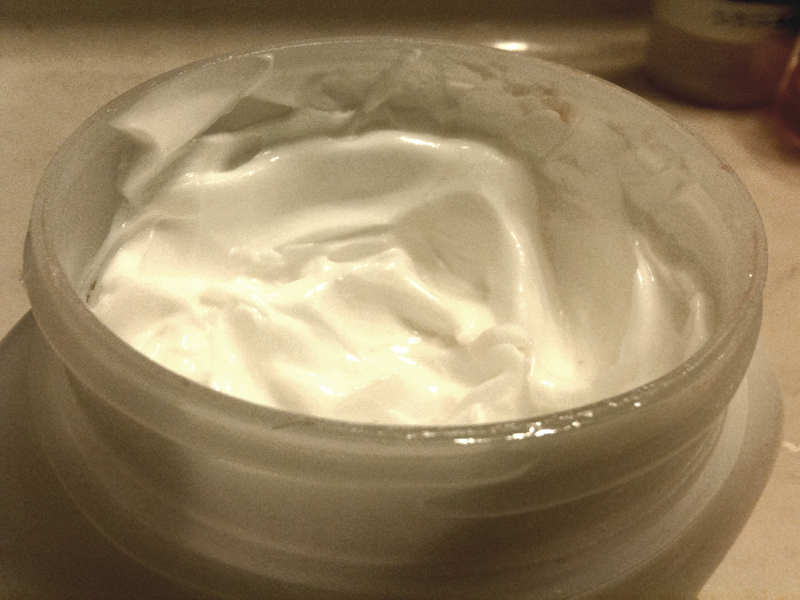Ingredients
- 4 medium-sized sweet potatoes, washed and scrubbed but not peeled
- 3 tbsp olive oil
- 3 tsp cinnamon
- ¼ tsp salt
- Preheat the oven to 400°F (200°C). Line a baking sheet with parchment paper.
- Slice the sweet potatoes into fries. These should be no larger than ½ inch thick and should be as long as the sweet potatoes themselves. Think standard french fries. Rinse and place these in a large bowl.
- Pour the oil over the sweet potatoes and mix well. Add the cinnamon and toss.
- Arrange the sweet potatoes in a single layer on the baking sheet.
- Bake for 15 minutes and turn over.
- Bake for another 15-20 minutes or until the fries are golden brown.
- Season with salt and serve immediately.











